How To Connect Wireless Printer To Wi-Fi
Below is a detailed guide for setting up any wireless printer, highlighting common methods such as the Wireless Setup Wizard or WPS (Wi-Fi Protected Setup). If your wireless printer isn’t printing, these steps are designed to work with most models, making them applicable to a wide range of devices.
Step 1: Unbox the Wireless HP Printer and Power It On
- Take the wireless printer out of the box and discard all packing materials.
- Connect the power cable to both the printer and an electrical outlet.
- Switch on the printer.
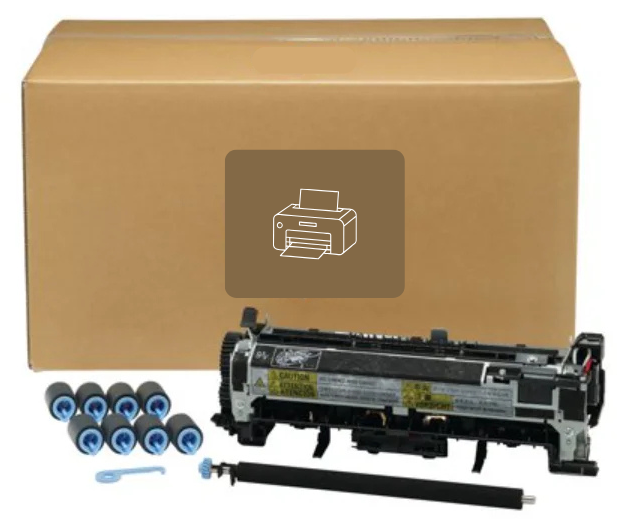
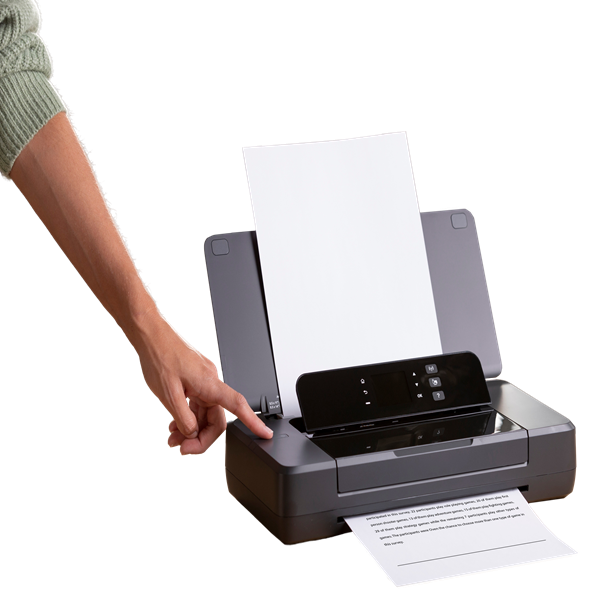
Step 2: Connect the wireless Printer to Your Wi-Fi Network
Access the printer’s control panel and open the network or wireless settings menu. Select the Wireless Setup Wizard option and choose your Wi-Fi network from the list. Enter the network password carefully, then confirm the connection. Once connected, your printer will display a confirmation message or a Wi-Fi icon on the screen.
- Ensure your printer is powered on and within range of your Wi-Fi router.
- On the printer’s control panel, navigate to the Wireless Settings or Network menu.
- Select Wi-Fi Setup Wizard and choose your home network from the list.
- Enter your Wi-Fi password carefully and confirm the connection.
- Wait for the printer to display a confirmation message indicating it’s connected to the network.
Step 4: Printer Driver Installing
1. Download the Software:
- Visii Printer Store
- Enter your printer model and download the latest software and drivers.
2. Run the Installer:
- Open the downloaded file and follow all the instructions.
- Select the preferred connection type USB or Wireless
3. Complete Setup:
- Sign in to your HP account (optional) for additional features.
- Register your printer for warranty and support.
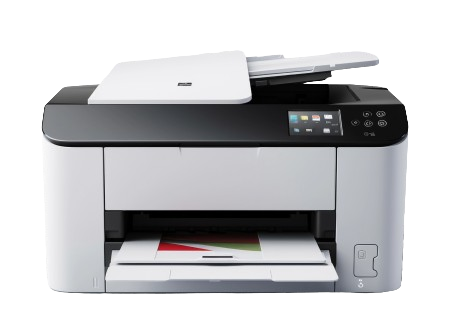
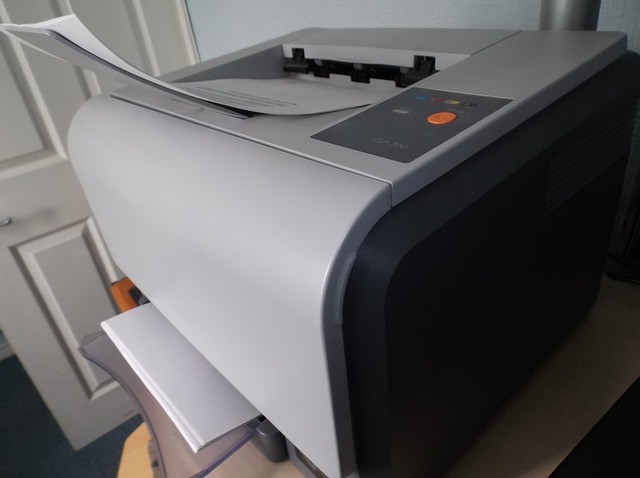
Step 5: Testing the Printer
Print a Test Page:
- Open the Control Panel, then select Devices and Printers.
- Locate your printer in the list, right-click on it, and choose Printer Properties.
- Click on the Print Test Page button to verify that the printer is functioning correctly.
2.Scan a Document (if applicable):
- Position your document on the scanner glass or load it into the document feeder.
- Use the printer’s scanning software or a compatible scanning app to run a test scan.
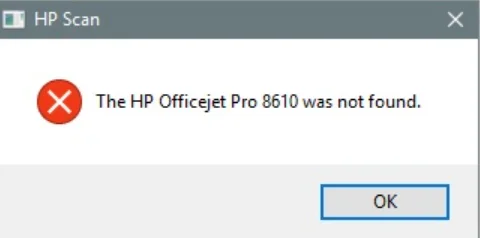
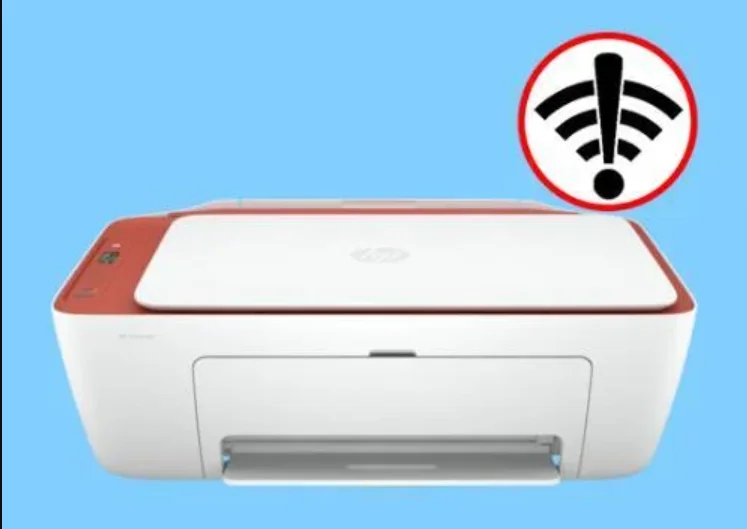
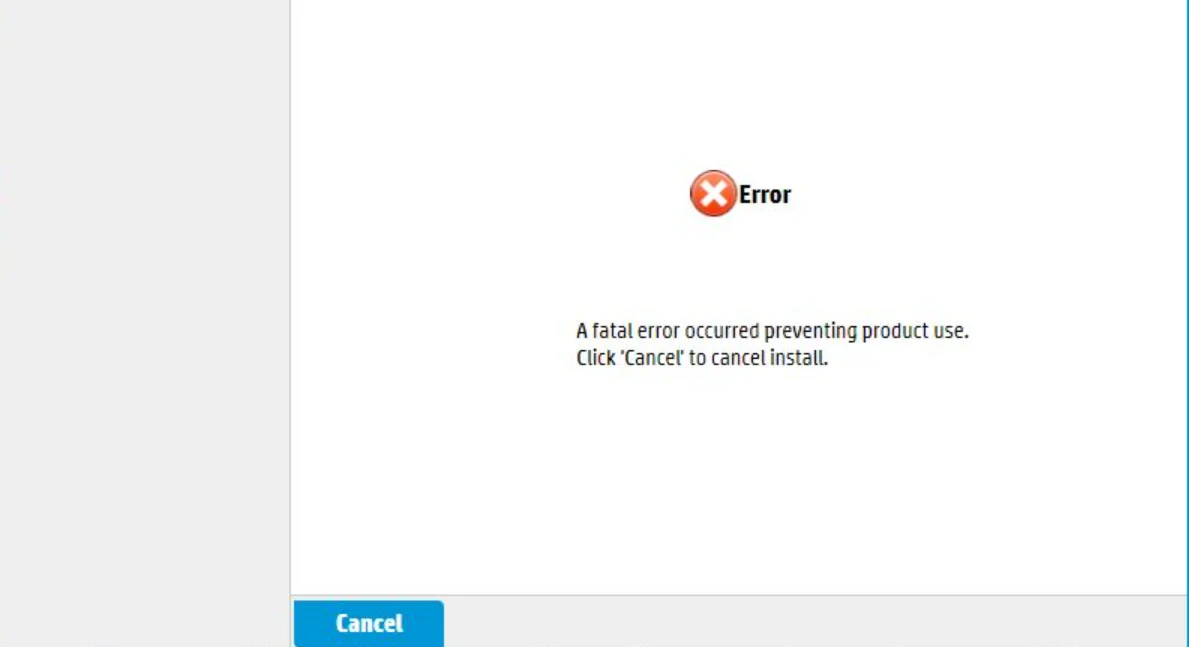
Troubleshooting Common Printer Issues
1. Printer Not Detected:
- Disconnect the USB cable, then reconnect it — or confirm that the printer is connected to the correct Wi-Fi network.
- Restart the printer to refresh the connection.
2. Poor Print Quality:
- Inspect the ink or toner levels, and replace them if running low to maintain clear, consistent prints.
- Use the printer’s internal cleaning feature to improve print quality.
3. Wireless Connection Issues:
- Place the printer nearer to the Wi-Fi router for a stronger signal.
- Double-check the network password or restart the router to refresh the connection.
4. Software Installation Errors & Additional Features:
- Temporarily turn off any antivirus software or firewalls during installation.
- Download and install a compatible mobile printing app for convenient printing and scanning.
- Use the app to check ink or toner levels, reorder supplies, and fix common issues.
- Set up cloud printing services like Google Cloud Print for remote access.
- Link the printer to a smart assistant such as Alexa or Google Assistant for voice-activated printing.
Setting up and installing a printer is simple when you follow the right steps. Whether you choose a wired or wireless connection, making sure the hardware is properly assembled, installing the correct drivers, and addressing common issues will ensure the best performance. Once the setup is complete, you can enjoy crisp, high-quality printing and scanning for both home and office needs.
